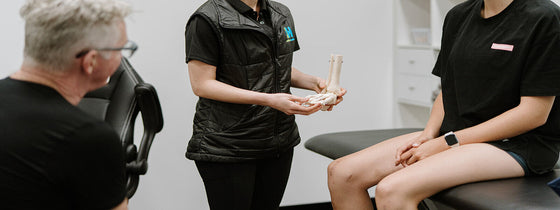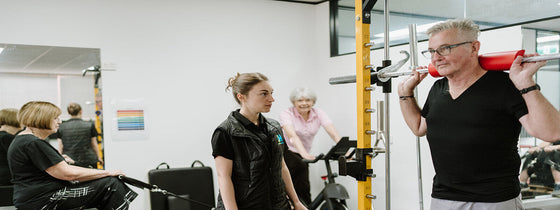What is Athletic Low Back Pain?
Athletic low back pain refers to discomfort or pain in the lower back experienced by athletes or people engaging in lots of manual activities like gardening, working as a tradesperson and/or going on a walking holiday. As noted, this condition can arise from various activities and sports, often due to the high physical demands placed on the body which the body is unaccustomed to. It can affect athletes of all levels, from amateurs to professionals!Athletic low back pain can be categorized into two main types:
Mechanism of Injury
The mechanism of injury for athletic low back pain typically involves repetitive stress and overuse. Common causes include:
Common Symptoms
Athletes with low back pain may experience:
Your OHL Physio will ask you about all these symptoms and perform a thorough objective assessment, and this helps them differentiate between different structures, pathologies, injury and conditions which can occur around the lower back region. These conditions may include clearing a Pars Defect, Spondylolisthesis, Lumbar radiculopathy (sciatica), facet joint osteoarthritis and lumbar disc pathologies.
Rehabilitation: From Acute to End Stage
Rehabilitation for athletic low back pain involves a structured approach that progresses through different stages:
Acute Stage
Mid Stage
End Stage
Summary
Athletic low back pain requires a comprehensive rehabilitation plan that addresses pain management, strength building, and functional training. By following a structured approach, athletes can recover effectively and return to their sport with reduced risk of re-injury. If you experience persistent low back pain, consult your trusty OHL physiotherapist to develop a personalized rehabilitation program tailored to your needs. Call us today on 9431 5955 or you can book online anytime via our website.

OHL is integrating a new athletic screening assessment into its practice to further enhance our community's sporting ability. This screening assessment combines range of motion, strength profiling, force deck analysis, and subjective training status to give athletes a comprehensive performance snapshot. By establishing a baseline and identifying key areas for improvement, we can tailor your training to enhance performance, provide insight on key metrics, and stay resilient throughout the season. Whether you're preparing for preseason, managing midseason demands, or simply aiming to train smarter, this assessment delivers the data-driven insights you need.

If you're experiencing back or neck pain with neurological signs and symptoms, a thorough neurological examination is crucial for accurate assessment and effective treatment. In this Optimal Tip learn more about what we mean by completing a neurological exam!

Squats, deadlifts, and calf raises are key movement patterns that should be part of every strength and conditioning program—regardless of age and activity level. These functional movements support joint health, improve posture and balance, and reduce the risk of injury while building strength where it matters most.